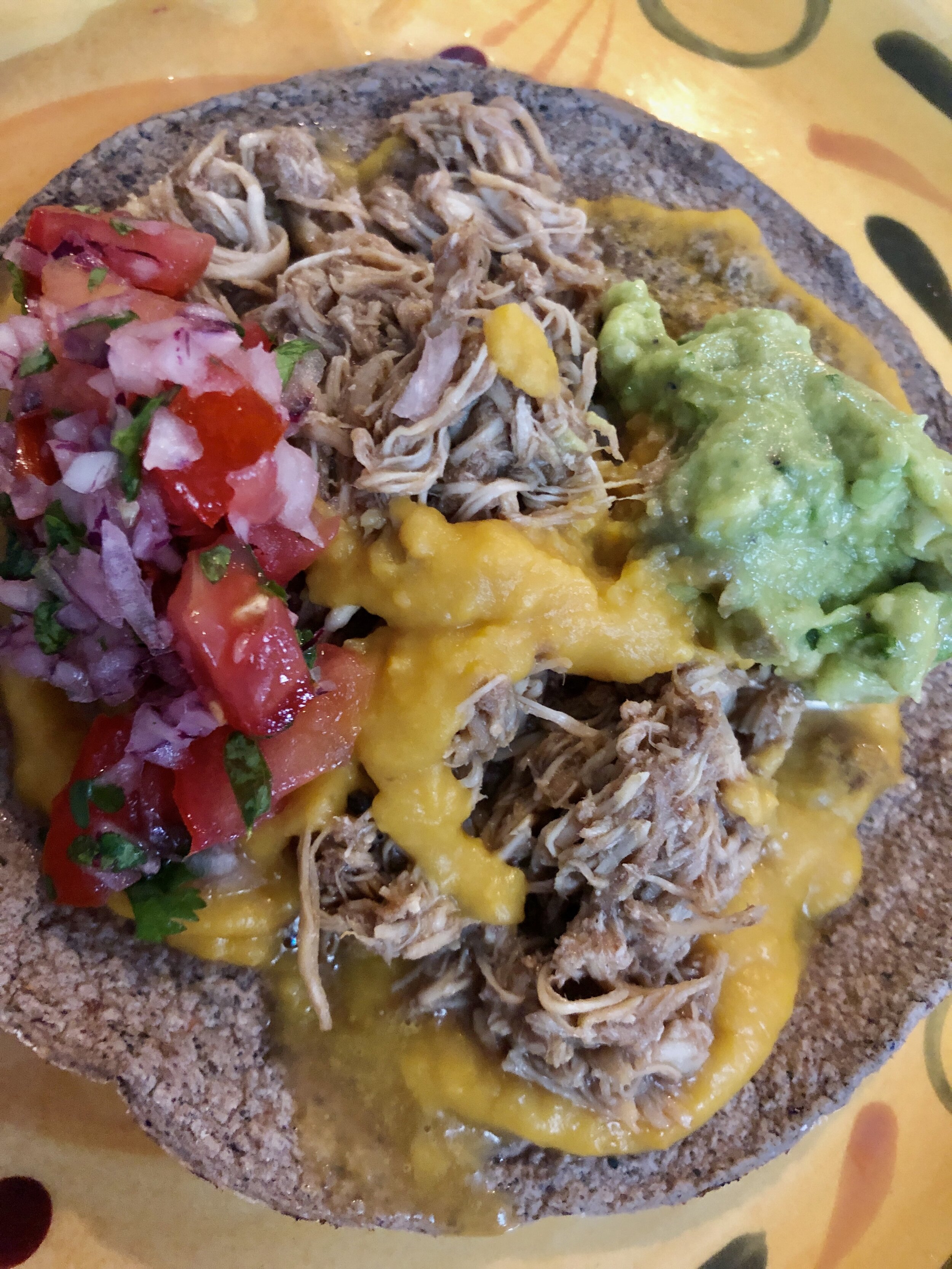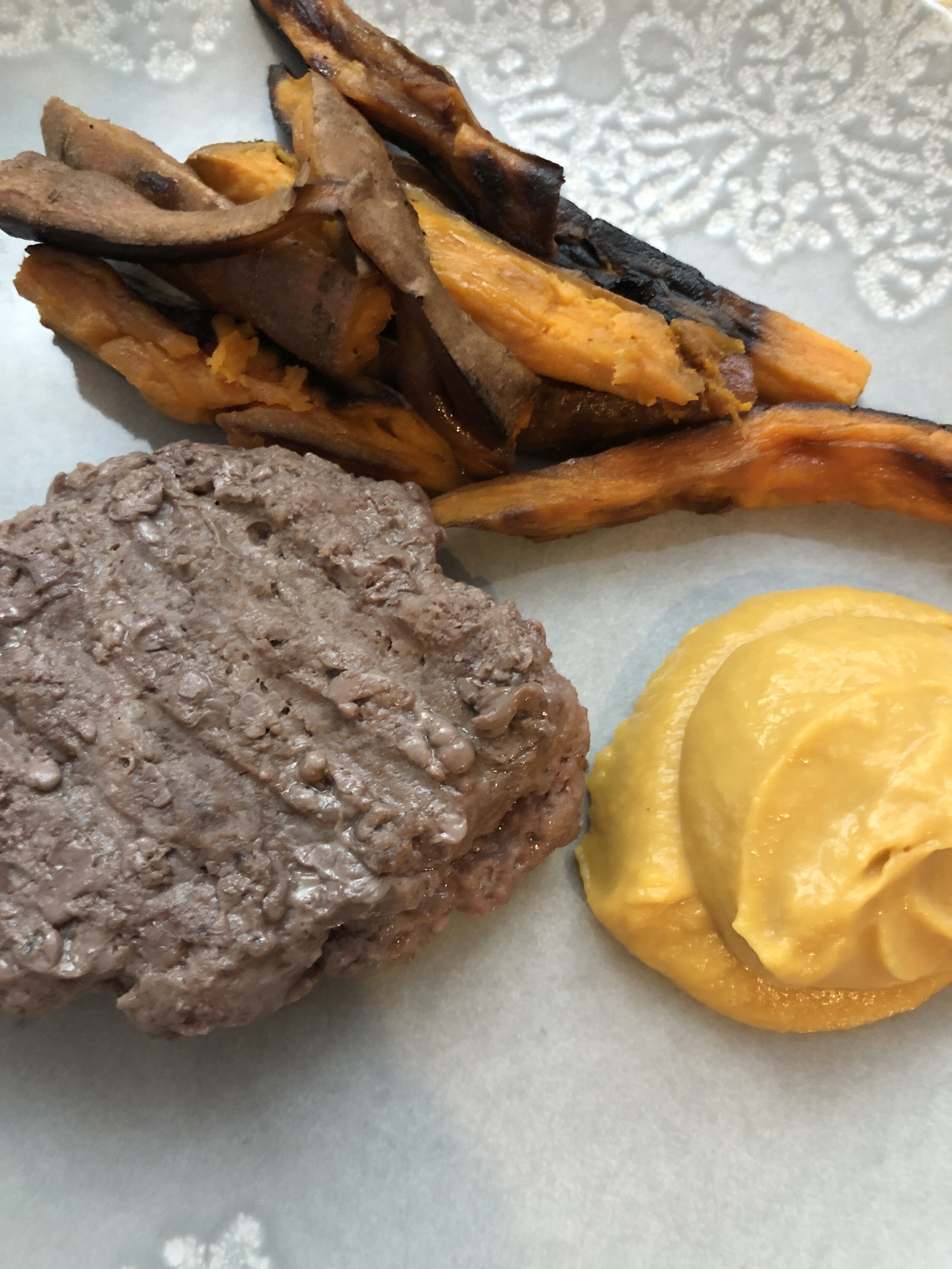Healthy Chocolate Chips Cookies
/Gluten ans dairy free!
I’m not really a sweets person, but chocolate chip cookies were always my weakness. For a while now I was on a mission to find a vegan+ gluten-free chocolate chip cookie that does not apologizing for lacking these core and iconic ingredients. GF and vegan options can be SO disappointing sometimes, but deep inside I knew it can be done: it can be delicious and comforting just like the original version!
After many tries, I think I finally have it! I make this recipe often, as it’s so perfect for the afternoon sugar crash, and it passed the “Dave test”, who doesn’t care for gluten+dairy free diet. This recipe doesn’t call for fancy ingredients; it is minimal, easy, quick, and most importantly- makes real yummy cookies.
A few notes/tips:
1. If you are strictly on a gluten/dairy free diet, please CHECK the chocolate chips/candy ingredients, so you are not using a product with gluten/dairy by accident.
2. Make sure the almond butter (or any nut/seed butter you use) is completely SMOOTH and mixed. Usually the oil rises to the top of the jar. You should mix it very well before adding, otherwise the cookies might come out dry.
3. Wait until these are completely cool before trying them out! These will seem to be very soft when you take them out of the oven, but usually they are done after 8-10 minutes. Carefully check the bottom of the cookies for doneness level.
4. These cookies aren’t so sweet on their own… the main sweetness comes from the added chocolate chips. I usually pack them with chocolate chips, but it’s really up to you and your preference. I recommend using mini chocolate chips and not the regular CC, just because it’s easier to disperse evenly around this dough.
Ingredients:
1 flaxseed egg (1 tablespoon flaxseeds + 3 tablespoon water & let sit for 15 min)
1/4 cup coconut sugar
1 tablespoon maple syrup
Dash salt
1/2 cup GF oats
1 teaspoon baking SODA
1 cup smooth almond butter (or any nut/seed butter)
1/2 cup GF & vegan mini chocolate chips
1/2 cup M&Ms, walnuts or any other topping. *If using M&Ms it won’t be DF
Directions:
1. Preheat your oven to 350f and line two baking sheets with parchment papers.
2. Stir your almond butter super well, so it’s all smooth and creamy.
3. Mix all ingredients by the list order until well combined.
4. Scoop into balls (usually 16-22 depends on size) and slightly flatten.
5. Bake 8-10 min (depends on oven and size).













